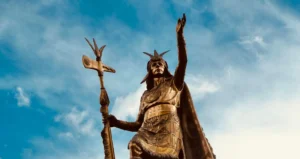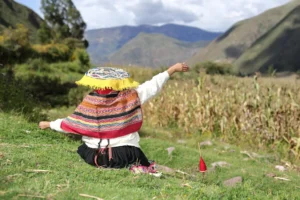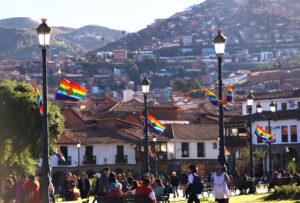Cusco, ancient capital of the Tahuantinsuyo, is home to some of the most impressive and symbolic Inca temples of the Inca culture. These temples were not only centers of worship and spirituality but also milestones of engineering and architecture of their time.
Exploring these sites allows one to delve into the Andean worldview and the mysteries surrounding one of the most advanced civilizations in history. Join us in this comprehensive guide, where you will discover the history, significance, and useful information for visiting the main temples and sanctuaries of Cusco.
History of the Inca Temples in Cusco
The Inca temples in Cusco were built mainly during the peak of the Inca Empire, between the 15th and 16th centuries. These structures were more than just buildings; they were designed as centers of energy and spirituality, aligned with important astronomical events. This reflects the Incas’ deep knowledge of nature and the stars.
The temples served as places of worship and rituals dedicated to their main deities, such as the sun (Inti), the moon (Quilla), and the earth (Pachamama).
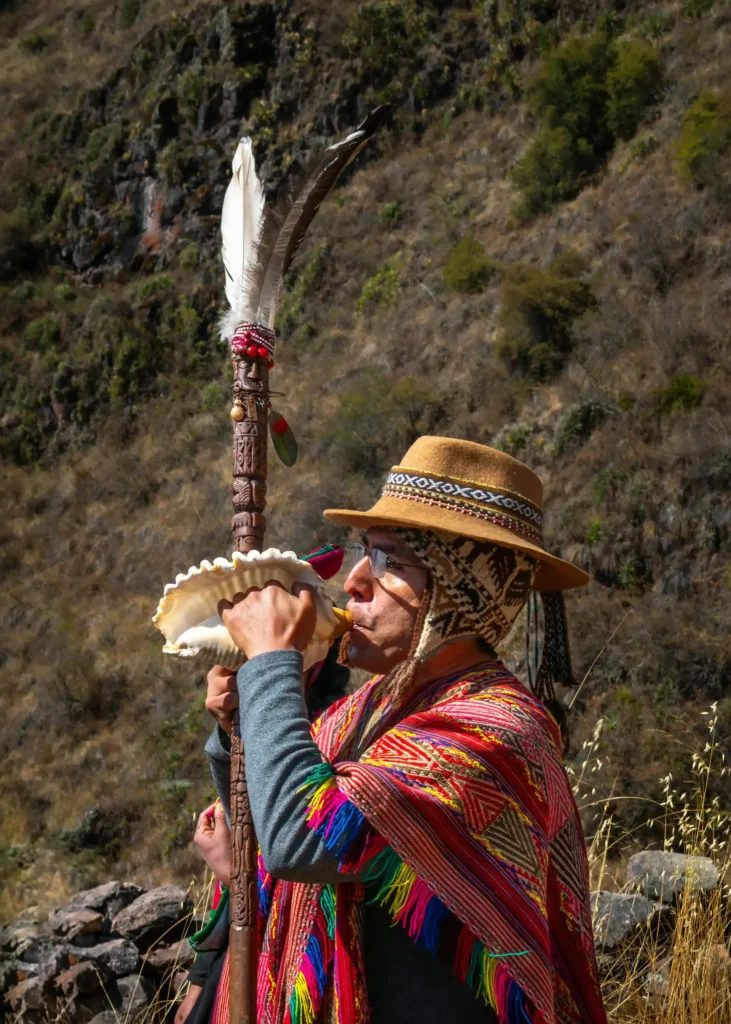
Cultural and Spiritual Importance of the Inca Temples
For the Incas, temples were points of connection between the human world and the divine world. These sacred places were not only used for the veneration of the gods but also represented the essence of the Andean worldview.
The layout of the temples and their relationship with natural elements, such as mountains and rivers, show how the Incas integrated their beliefs into their environment. This approach is reflected in every carved stone and in the architectural precision of the temples.
Main Inca Temples and Sanctuaries in Cusco
Temple of the Sun (Qorikancha)
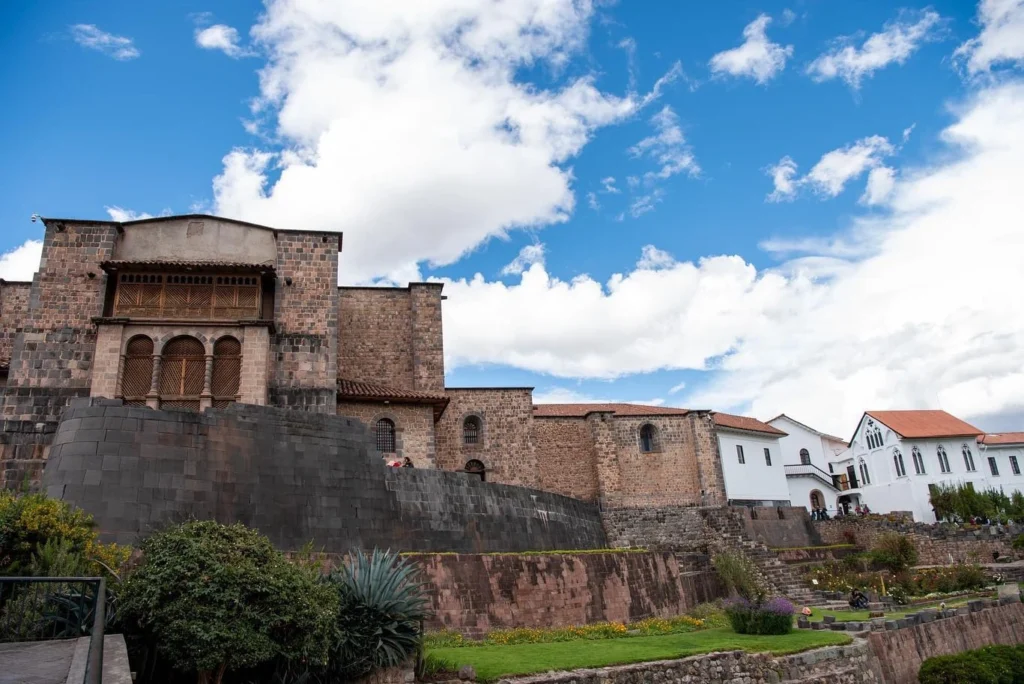
History and Spiritual Significance of the Temple of the Sun
Qorikancha, also known as the Temple of the Sun, is one of the most important and emblematic places in Cusco. This temple was dedicated to Inti, the sun god, and was considered the spiritual center of Tahuantinsuyo. The walls of Qorikancha were originally covered in gold, symbolizing solar energy.
How to Visit the Temple of the Sun
Qorikancha is located in the center of Cusco and today is part of the Santo Domingo Convent. Visitors can explore the Inca ruins within the convent and appreciate the construction techniques that allowed these structures to withstand earthquakes. The site offers guided tours to learn more about its history and symbolism.
Temple of the Moon
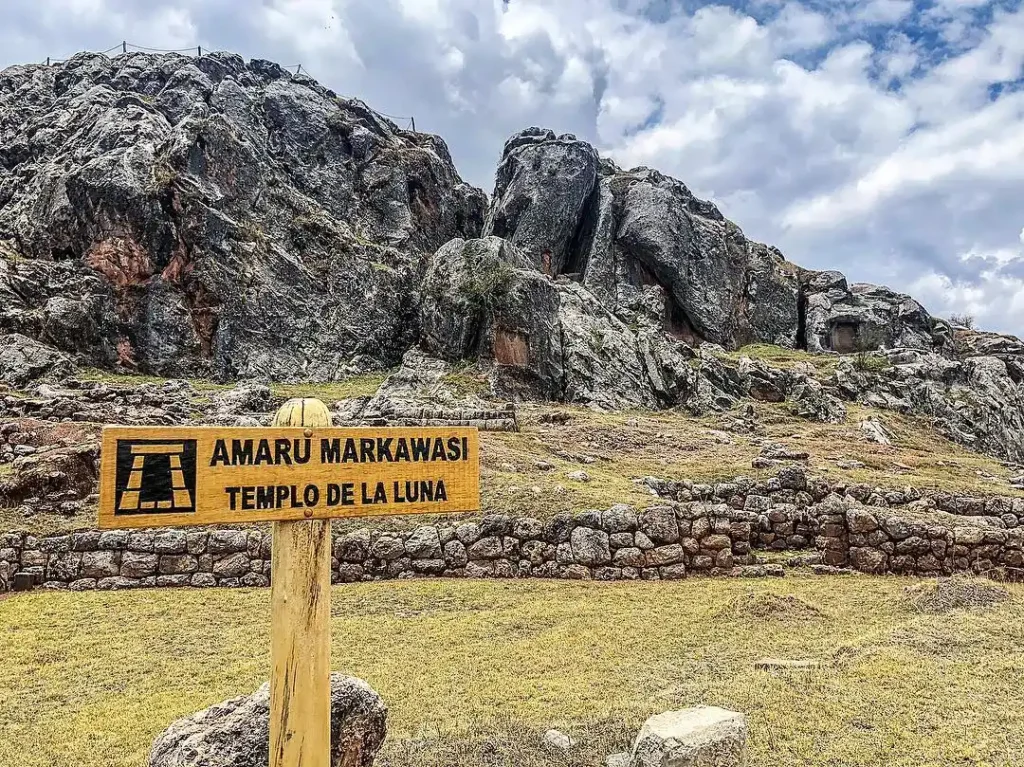
History and Spiritual Function
Located near Cusco, the Temple of the Moon is a natural sanctuary carved into the rock, dedicated to the worship of Quilla, the moon goddess. This temple served as a place for rituals and nighttime ceremonies, where fertility and femininity were revered.
Its structure features carvings and spaces that reveal the Incas’ knowledge of astronomy and spirituality.
How to Get to the Temple of the Moon
To reach the Temple of the Moon, one can take a hike from the center of Cusco or hire transportation to facilitate access. The site is surrounded by nature, making it an ideal place for those who wish to connect with the serenity of the Andean landscape.
Intihuatana
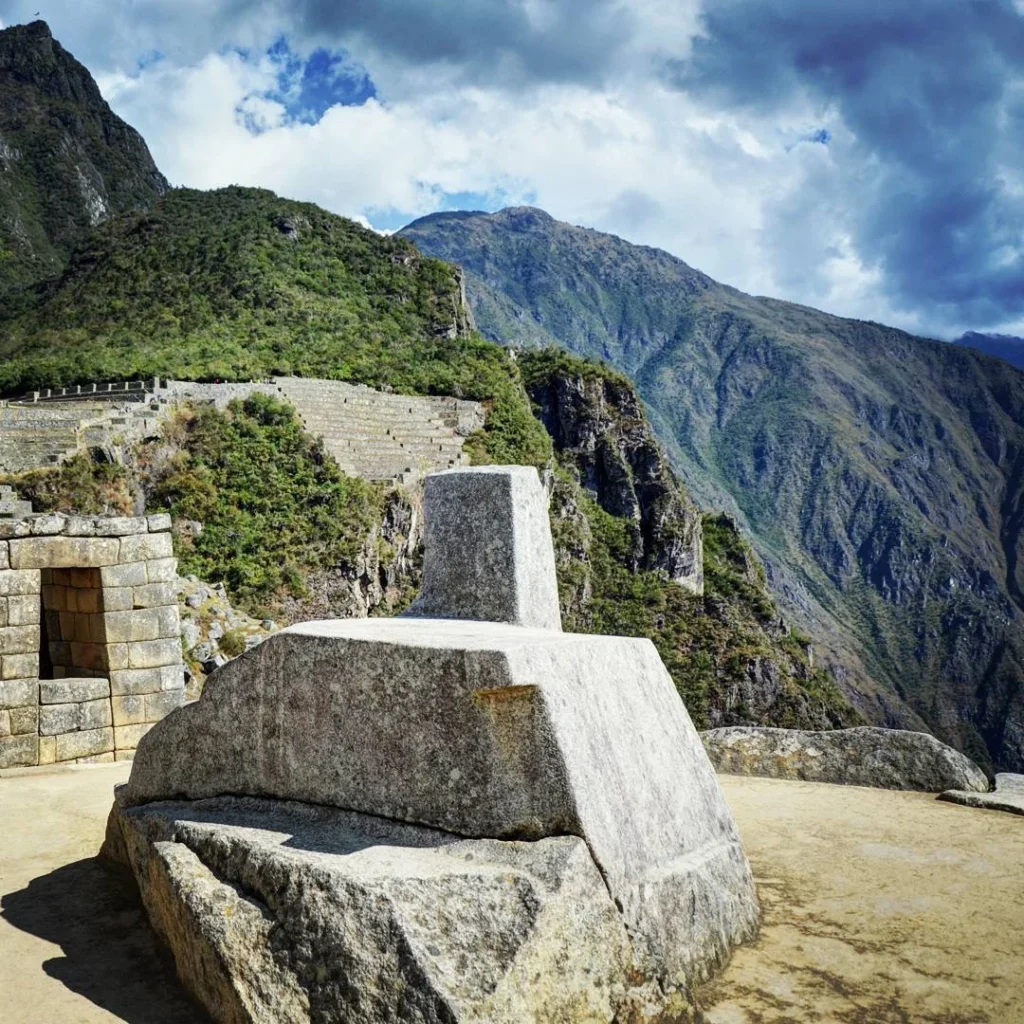
What is the Intihuatana?
The Intihuatana is a solar clock carved in stone, whose main function was to mark the seasons and predict important astronomical events. The Incas used the Intihuatana for ceremonies in honor of the sun, as they believed this stone pillar “tied” the sun and prevented it from drifting away.
Main Sites Where the Intihuatana is Found
One of the most well-known Intihuatana stones is in Machu Picchu, but others also exist in the Sacred Valley, such as in Pisac and Ollantaytambo. Each Intihuatana has a strategic location and is part of a sacred astronomical observation complex.
Kiswar Kancha
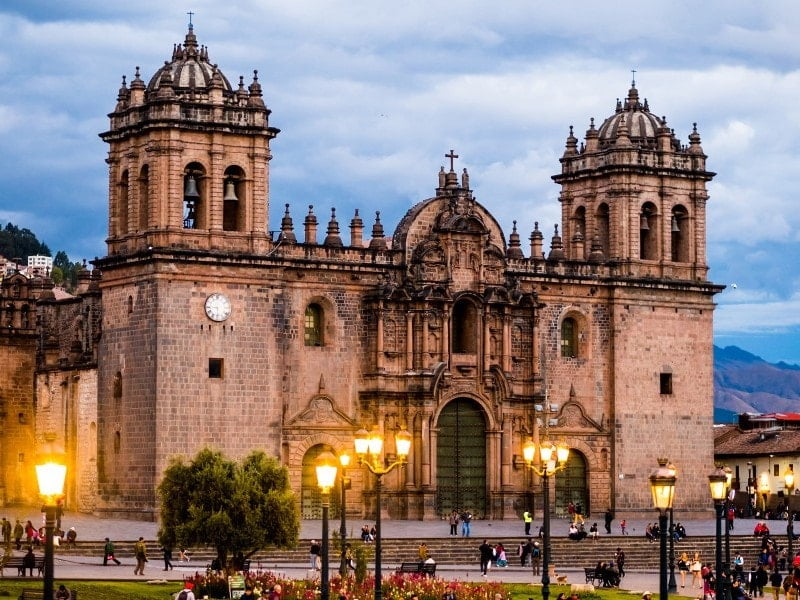
History and Location of Kiswar Kancha
Kiswar Kancha is one of the lesser-known historical sites in Cusco, but its importance lies in its proximity to ceremonial and administrative centers of the empire. Although today it is in ruins, its remains help understand what life was like in the complexes of the Inca nobility.
Colcampata
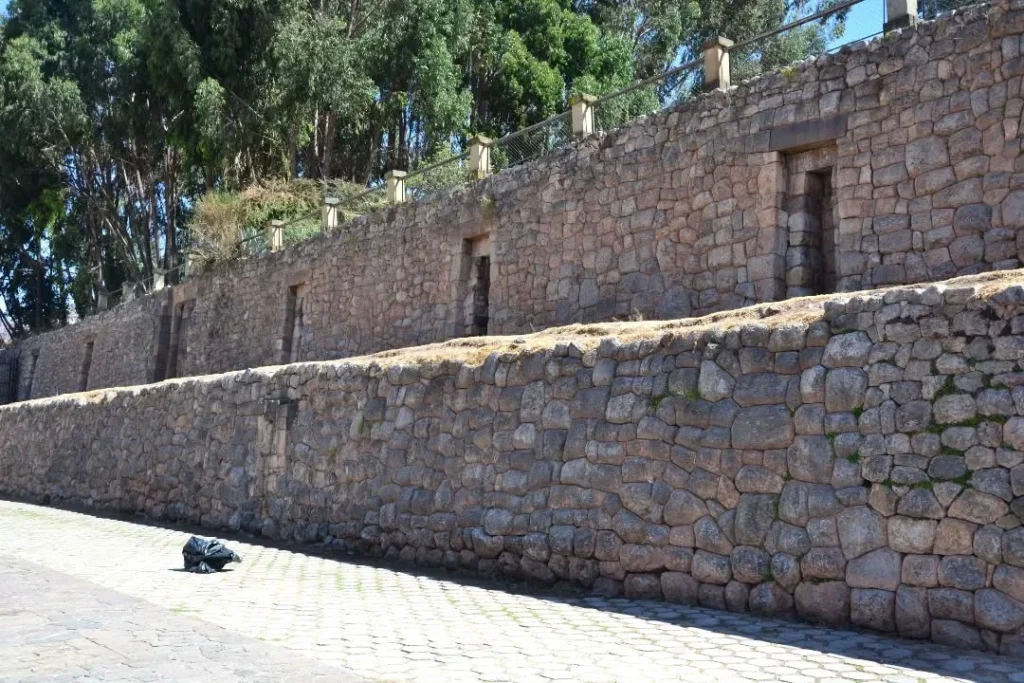
History and Location of Colcampata
Colcampata is an archaeological complex located in the upper part of Cusco, offering a panoramic view of the city. It is believed to have been a noble residence with ceremonial significance. The layout of its terraces and stone constructions reflects the Incas’ architectural skill.
Amaru Kancha
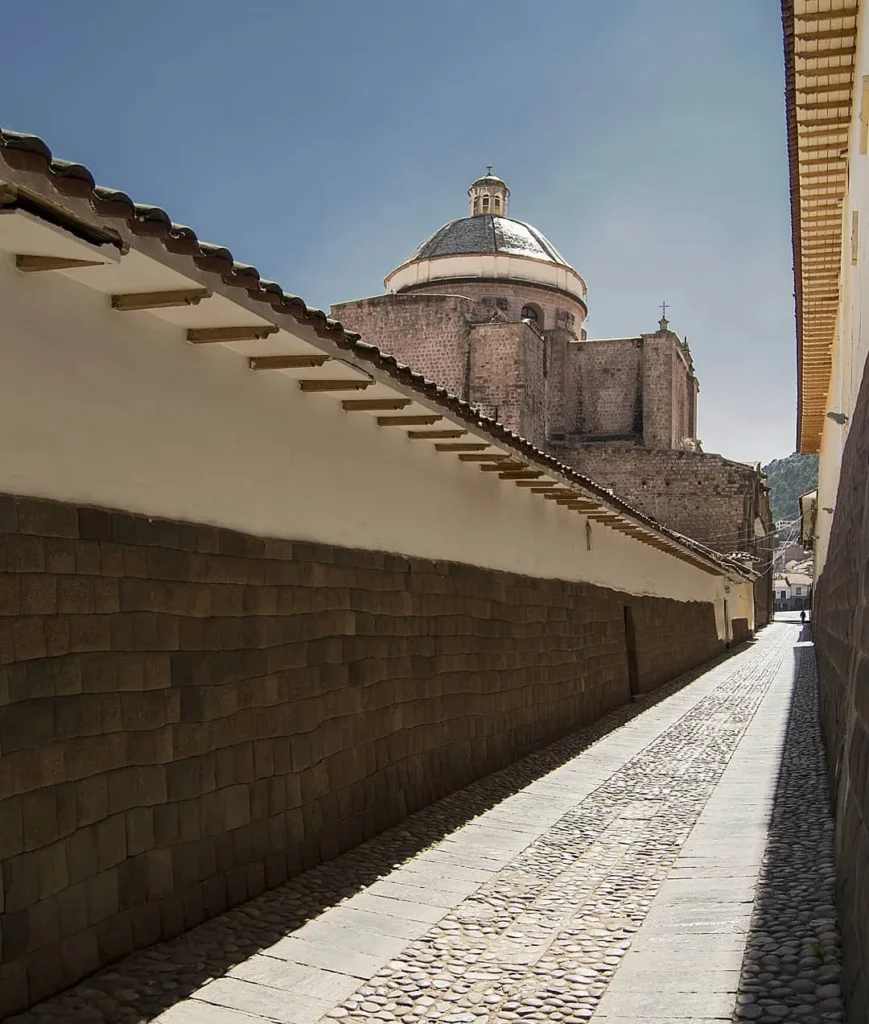
History of the Serpent Enclosure
Amaru Kancha, known as the Serpent Enclosure, owes its name to the representations of serpents carved into its stones. This structure was a ceremonial space dedicated to the serpent, one of the sacred animals in the Inca worldview. Today, part of this enclosure is part of Cusco’s Plaza de Armas.
Hatun Rumiyoq
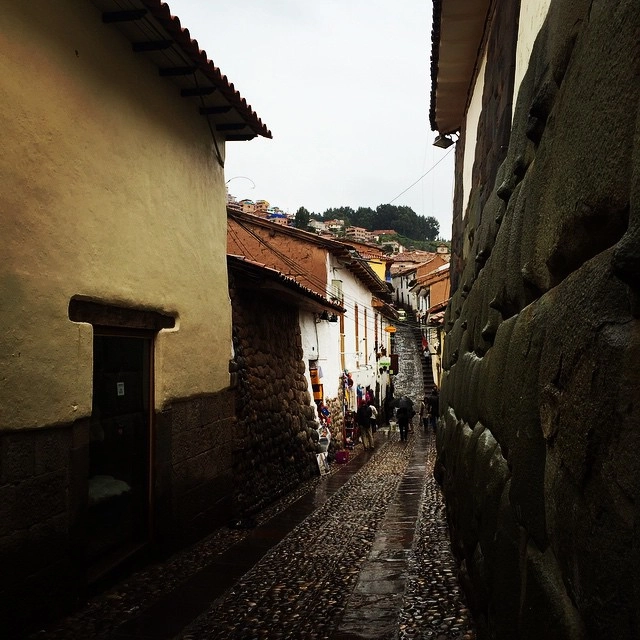
History of Hatun Rumiyoq Street
Hatun Rumiyoq Street is famous for its Inca walls that lead to the San Blas neighborhood. This street was built with precisely cut stones that fit perfectly without mortar. Among the stones of Hatun Rumiyoq, the famous Twelve-Angle Stone stands out.
The Twelve-Angle Stone
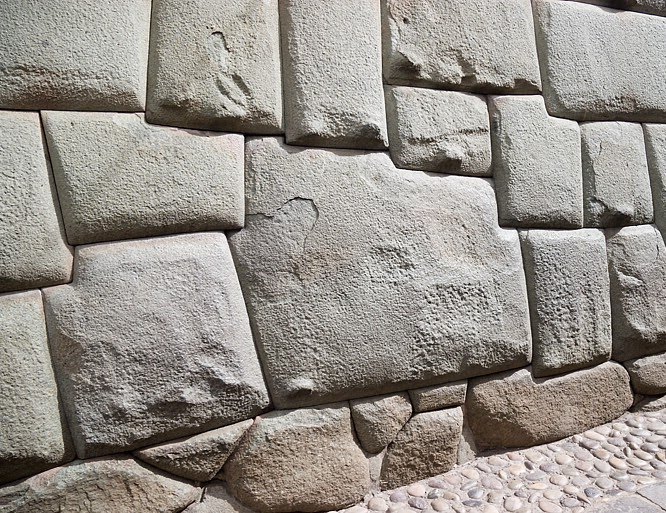
Importance and Symbol of Inca Engineering
The Twelve-Angle Stone is a masterpiece of Inca engineering. Located on Hatun Rumiyoq Street, this stone has twelve perfectly cut angles that fit seamlessly with the surrounding stones. It is a symbol of the precision and architectural skill of the Incas, representing the importance of solidity and perfection in their constructions.
